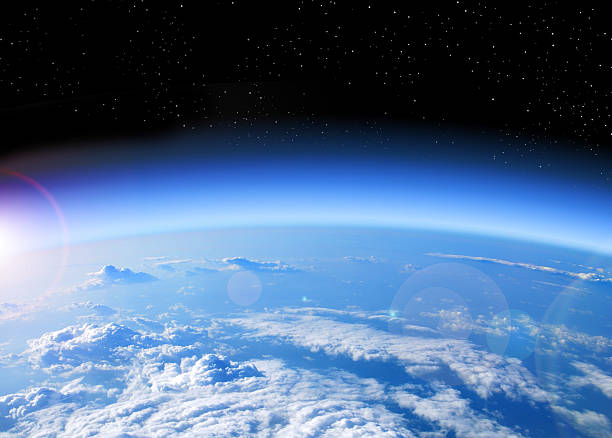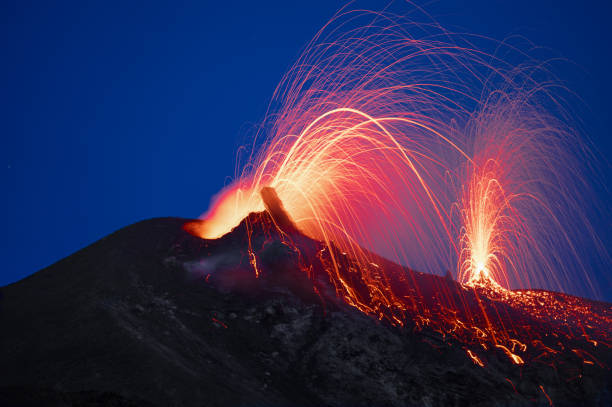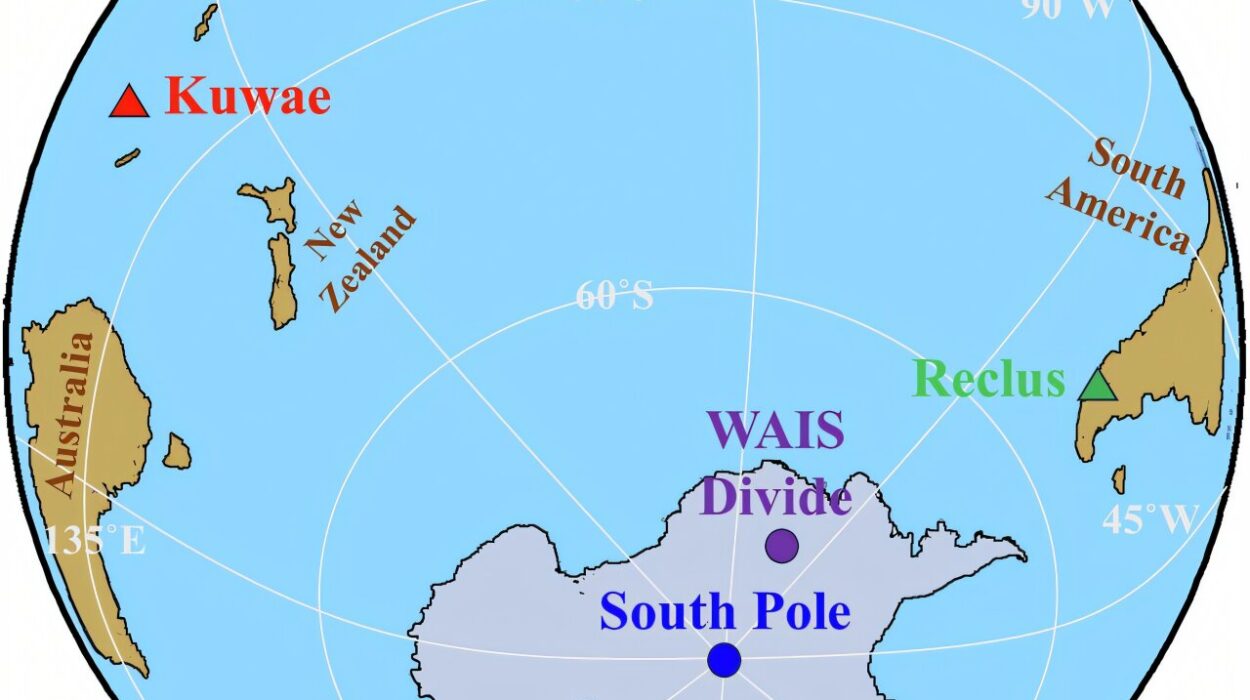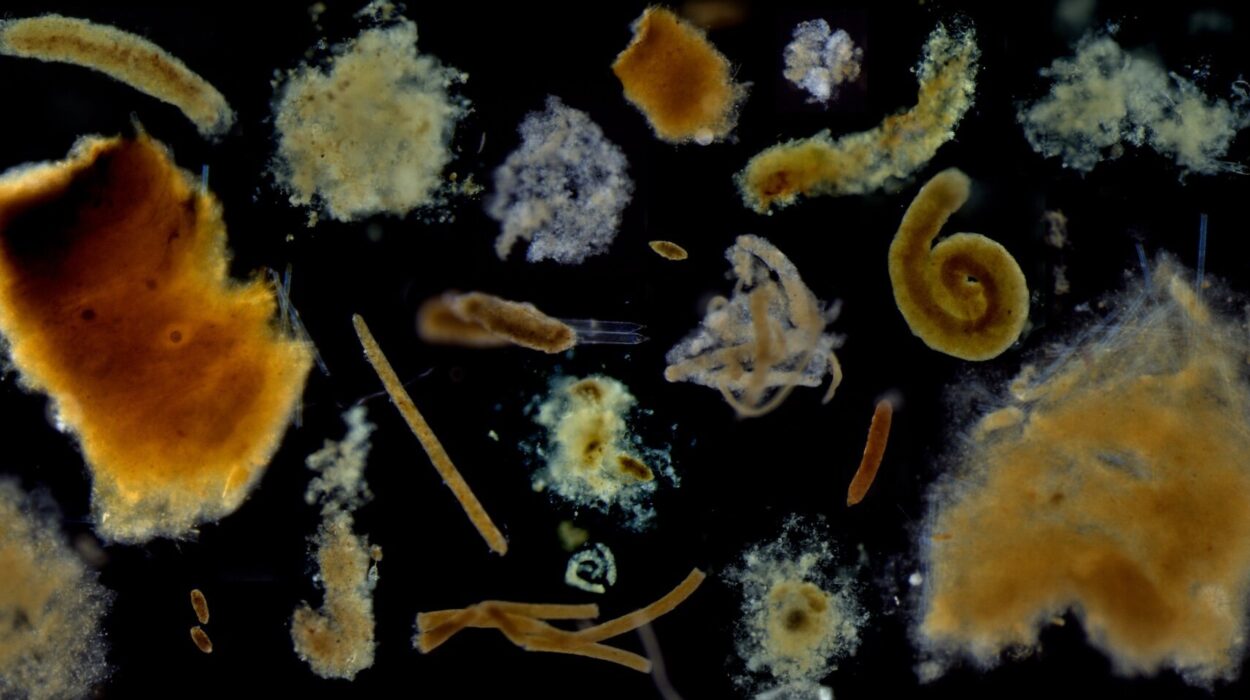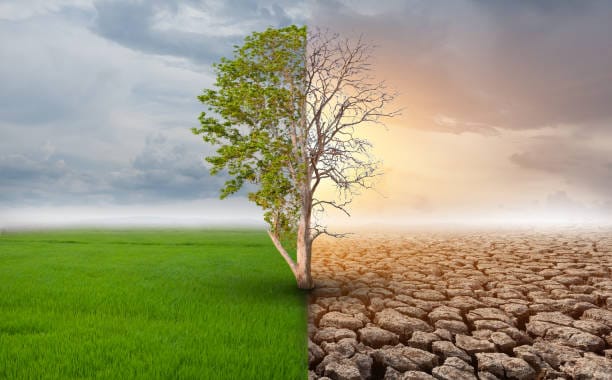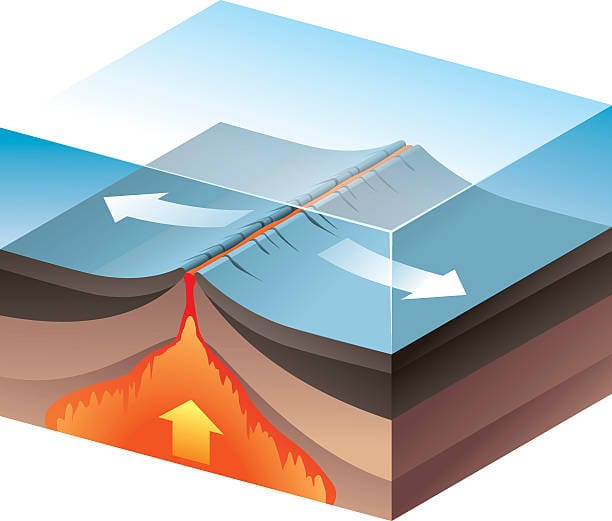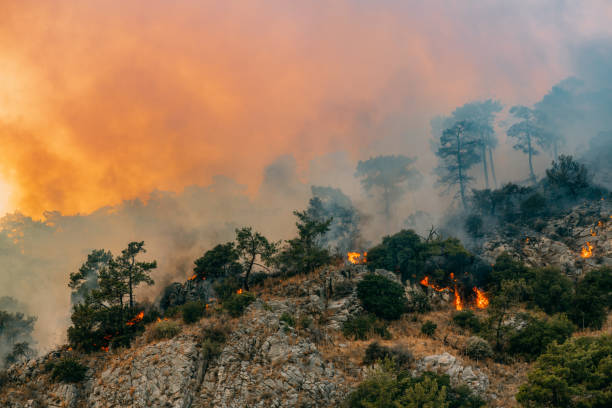High above us, in the invisible realm between Earth and space, there exists a delicate yet vital veil that quietly safeguards all life below. It cannot be seen with the naked eye, it makes no sound, and yet it is as essential as water or air to our survival. This silent protector is Earth’s ozone layer—a thin band of gas that forms a shield around our planet, defending us from the Sun’s most dangerous rays. Without it, Earth as we know it would be a scorched and uninhabitable world.
The story of the ozone layer is one of remarkable complexity and quiet heroism. It is a tale that combines the unseen dance of molecules high in the atmosphere with the very survival of forests, oceans, and even the skin on our bodies. It is also a narrative that took a dark turn in the twentieth century when human activity nearly broke the shield we all depend on. But in a rare and hopeful twist, this is also a story of recovery—a global effort that showed what humanity can achieve when science and collective will align.
To understand why the ozone layer is so important, we must first understand what it is, where it resides, and how it became both vulnerable and resilient. This journey takes us from the high skies of the stratosphere to the laboratory benches of scientists who uncovered the truth, and into the hearts of people who stood up to protect it.
What Is the Ozone Layer?
Imagine slicing into the atmosphere like layers of a towering cake. The first layer, the one we breathe and live in, is called the troposphere. It stretches up from Earth’s surface to about 8 to 15 kilometers, depending on whether you’re near the equator or the poles. Above that lies the stratosphere, extending from roughly 15 to 50 kilometers above ground.
It is within this second layer, the stratosphere, that we find the ozone layer—a region rich in a rare but powerful molecule known as ozone, or O₃. This molecule is made up of three oxygen atoms instead of the usual two found in the oxygen we breathe (O₂). Though ozone exists in minuscule concentrations—just a few parts per million—it plays an outsized role in protecting life on Earth.
Ozone molecules form naturally in the stratosphere when ultraviolet (UV) radiation from the Sun strikes ordinary oxygen molecules and splits them apart. These lonely, free oxygen atoms then bind with O₂ molecules to create ozone. But this process is balanced: ozone also breaks down when hit by UV rays, turning back into O₂. It’s a graceful equilibrium—a kind of invisible symphony of chemistry—that ensures the ozone layer remains stable.
Or at least it was—until humans unknowingly disrupted it.
The Ultraviolet Threat
To understand the importance of the ozone layer, we must understand what it protects us from: ultraviolet radiation. The Sun, our life-giving star, sends energy across a wide spectrum, from harmless radio waves to visible light to the much more harmful UV rays.
There are three main types of UV radiation: UVA, UVB, and UVC. UVA is the weakest and penetrates deepest into the skin, causing aging and some skin damage. UVB is more intense and is primarily responsible for sunburns, cataracts, and, most dangerously, skin cancer. UVC is the deadliest of all—it has enough energy to destroy DNA and obliterate living cells. Fortunately, UVC is completely absorbed by the ozone layer and never reaches Earth’s surface. UVB is only partially blocked, and UVA mostly passes through.
Without the ozone layer, there would be nothing to shield the planet from these deadly UV rays. Crops would wither. Oceans, where much of life begins at the microscopic level, would suffer mass die-offs. Human skin would burn in minutes, and cancer rates would skyrocket. The ozone layer is quite literally the planet’s sunscreen, silently absorbing over 97 percent of the Sun’s harmful ultraviolet light.
The Ozone Hole: A Crisis in the Sky
The 20th century brought unimaginable scientific and technological advances. We discovered antibiotics, launched satellites, and even landed on the Moon. But amid the miracles, we also made a terrible mistake.
In the 1930s, a new group of chemicals called chlorofluorocarbons (CFCs) were invented. These synthetic compounds were odorless, non-flammable, and highly stable—ideal for use in refrigerants, air conditioners, aerosol sprays, and foam-blowing agents. They were hailed as modern marvels and rapidly spread across industries and households around the world.
What no one knew—what no one even imagined—was that CFCs had the potential to climb into the stratosphere, break down under intense UV light, and release chlorine atoms. These chlorine atoms were catalytic, meaning they could destroy ozone molecules again and again without being consumed. A single chlorine atom could destroy tens of thousands of ozone molecules.
In 1974, two atmospheric chemists, Mario Molina and Sherwood Rowland, published a warning in the journal Nature. Their calculations showed that if CFC use continued unchecked, it would lead to massive ozone depletion. Many in the industry dismissed their warnings. But the scientists’ predictions were tragically accurate.
In 1985, researchers from the British Antarctic Survey made a shocking discovery. There was a massive “hole” in the ozone layer forming over Antarctica every spring—a seasonal thinning so severe that up to 70% of the ozone in that region was vanishing. The world was stunned. The abstract warnings of scientists suddenly became terrifyingly real. The shield was cracking.
A Planet United: The Montreal Protocol
The discovery of the ozone hole galvanized the global community. Unlike climate change—which would take decades to gather public attention—ozone depletion presented a clear and present danger, with a visible impact and a well-defined cause.
In 1987, just two years after the Antarctic ozone hole became public knowledge, the world’s nations came together to sign the Montreal Protocol on Substances that Deplete the Ozone Layer. It was a landmark environmental treaty that committed countries to phase out the production and use of ozone-depleting substances, especially CFCs.
The agreement was historic—not just for its scope, but for its success. It received universal ratification by all 197 United Nations member states. Over the following decades, new amendments and adjustments were made to accelerate the phase-out of harmful chemicals and introduce safer alternatives.
The results were remarkable. Atmospheric concentrations of CFCs began to decline. The ozone hole, though still present, began to stabilize. And slowly, slowly, the shield began to mend.
The Ripple Effect: Ozone and Climate
Interestingly, the story of the ozone layer has unexpected ties to climate change. While ozone depletion and global warming are distinct problems, they intersect in fascinating ways.
CFCs are not only ozone destroyers; they are also powerful greenhouse gases. By phasing out CFCs, the Montreal Protocol helped prevent significant global warming. In fact, some scientists argue that the treaty has done more to fight climate change than the Kyoto Protocol or Paris Agreement—at least in the short term.
However, some of the replacement chemicals for CFCs—known as hydrofluorocarbons (HFCs)—do not damage the ozone layer but are themselves potent greenhouse gases. This led to the Kigali Amendment in 2016, which seeks to phase down HFCs and bring the ozone recovery efforts into harmony with climate goals.
The lesson is clear: environmental problems are interconnected. Solutions must be holistic, adaptable, and grounded in both science and foresight.
Why the Ozone Layer Still Matters Today
As of the 2020s, the ozone layer continues to recover. The Antarctic ozone hole still appears every spring, but its size and duration have generally decreased. Scientists estimate that by the middle of the 21st century, the ozone layer could return to pre-1980 levels in many regions.
But this is not a reason to become complacent. The ozone layer is still fragile. Rogue emissions of banned substances have been detected, sometimes linked to illegal manufacturing or accidental releases. Emerging technologies—like geoengineering or space-based solar reflectors—could have unintended consequences for stratospheric chemistry.
Additionally, climate change itself influences ozone recovery. Rising greenhouse gases cool the stratosphere, altering circulation patterns that can either help or hinder the ozone layer’s healing. It’s a delicate dance, one we are only beginning to fully understand.
The ozone layer remains vital—not just as a shield against UV radiation, but as a symbol of what is possible when nations unite to solve a common threat.
The Human Connection: Ozone and Health
The consequences of a thinning ozone layer are not theoretical. They touch real lives, in real places. Increased UV radiation leads to higher rates of skin cancer, especially melanoma, the deadliest form. It causes cataracts, a clouding of the eye lens that leads to blindness. It suppresses the immune system, making humans more vulnerable to disease.
The risks are even more severe for those living at high altitudes, or in regions where the ozone layer is thinnest. In countries like Australia and New Zealand, where ozone depletion has been particularly intense, public health campaigns urging the use of sunscreen, hats, and protective clothing have become essential parts of daily life.
But the dangers don’t stop with humans. UV radiation harms marine ecosystems by damaging phytoplankton, the microscopic organisms at the base of the ocean food chain. It affects plants, reducing crop yields and altering growth patterns. It disrupts the delicate balance of life on Earth in ways we are still learning to measure.
The ozone layer may be high above us, but its influence reaches deep into our oceans, fields, and bodies.
A Story of Science and Hope
There are few stories in the environmental movement as hopeful as that of the ozone layer. It is a rare example where the warning signs were heeded in time, where scientific consensus led to global action, and where the results have been measurable and meaningful.
It was not easy. It took courage to listen to scientists before catastrophe struck. It took global diplomacy to forge the Montreal Protocol. And it took the willingness of people and industries to change.
But the results speak for themselves. The ozone layer is healing. Millions of cases of skin cancer have been prevented. Countless species have been spared.
This success should serve as a model for future challenges—proof that science, policy, and public will can align to preserve the planet.
The Sky Above, the Life Below
So what is the ozone layer, really?
It is a whisper of oxygen atoms suspended tens of kilometers above our heads. It is a shield, a protector, a silent servant that does its duty without thanks. It is the reason we can walk under the sun without being burned, the reason ecosystems flourish, the reason life is possible on this rocky, blue world.
It is also a reminder of how fragile that life is.
We cannot touch the ozone layer, but we can protect it. We cannot see it, but we can believe in it. And in doing so, we affirm something even more powerful: that the bonds between air and molecule, between policy and science, and between humanity and the Earth are real—and worth preserving.
In the story of the ozone layer, we find more than a tale of chemistry. We find a reflection of ourselves. And in saving it, we learned how to save each other.
